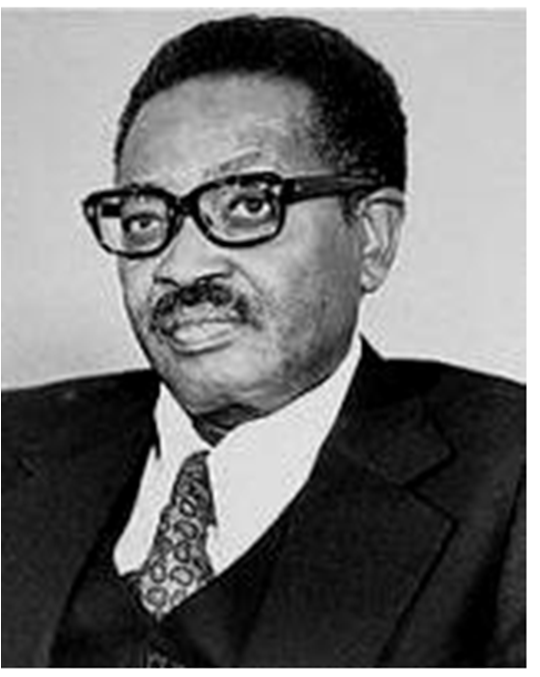How Cuban Troops Put the MPLA in Power
The
three nationalist movements- the nationally more popular and socialist
MPLA, and the two pro-Western but tribally-based FNLA and UNITA - were
really incompatible in many aspects. Most of the inhabitants of Luanda
(the capital town with a tenth of Angola's population) was for the
MPLA, a movement which secured its aid from the Eastern bloc.
As
Angola's independence neared, Western countries (especially the United
States) increased their aid to the FNLA and UNITA as Russia and other
Eastern countries did the same for the MPLA.
Although the three movements set up a transitional government in March
1975, during the same month, however, civil war broke out when troops
belonging to the MPLA and FNLA fought fierce battles in Luanda. In the
following month, UNITA joined the war against the MPLA. Within two
months of fighting, tens of thousands of troops and civilians perished.
Portugal mounted an urgent repatriation airlift of its citizens (nearly
half a million) trapped in the chaotic Angola.
Initially, South Africa was reluctant to join the war. But through the
prodding of the United States and France, South Africa committed some
2,000 troops to the civil war in October 1975. But by deploying such a
small number of men (and even unaided by the air force), South Africa
had grossly under-estimated the strength of the MPLA and its allies.
The UNITA troops, re-inforced by the South African troops, advanced
along the north¬west coast aiming at Luanda. Meanwhile, FNLA troops,
armed by the West and aided by Zairean troops and white mercenaries,
headed for Luanda from the south. The advancing armies scored much
victory at the initial stage, and it appeared that the MPLA troops
would soon be routed unless their Eastern allies despatched aid
urgently.
 Dr. Agostinho Neto, the MPLA leader, pleaded for military prop-up from
his allies. Cuba flew in some 12,000 soldiers; Russia and other Eastern
countries despatched arms and sophisticated military equipment
including the deadly Stalin organs (Russian rocket-launchers). The
Cubans were well-versed in the use of the modern Russian arms and
equipment. On the other hand, the FNLA and UNITA soldiers, the white
mercenaries and Zairean troops, were not properly familiar with the
modern arms and equipment the West had poured in Angola.
Dr. Agostinho Neto, the MPLA leader, pleaded for military prop-up from
his allies. Cuba flew in some 12,000 soldiers; Russia and other Eastern
countries despatched arms and sophisticated military equipment
including the deadly Stalin organs (Russian rocket-launchers). The
Cubans were well-versed in the use of the modern Russian arms and
equipment. On the other hand, the FNLA and UNITA soldiers, the white
mercenaries and Zairean troops, were not properly familiar with the
modern arms and equipment the West had poured in Angola.
In addition,
they were out-numbered by the Cuban and MPLA troops.
Apprehensive of facing defeat, South Africa began to withdraw its
troops from Angola in early 1976. The UNITA soldiers faced defeat and
had been scattered by February 1976. The same fate befell the FNLA
soldiers and their supportive mercenaries and Zairean troops. By March
1976, the MPLA was the undisputed master of Angola. The defeated UNITA
troops fled into Namibia while some of the remainder hid in the forests
of the vast Angola.
Most of the FNLA troops accompanied their Zairean
colleagues and fled into Zaire. Many of the white mercenaries
(recruited from the West and paid by Western countries), and South
African troops were captured by the Cuban and MPLA soldiers, and were
later displayed before international journalists. The captives were
imprisoned, although most of them were later forgiven and released.
National Movements and New States in Africa